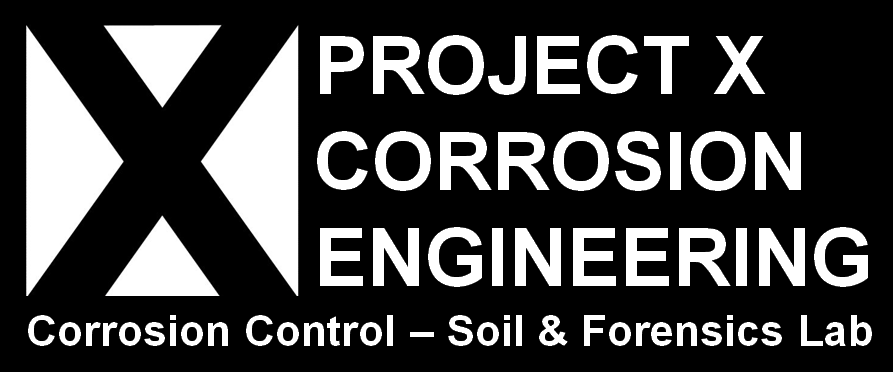Why Perform Wenner 4-Pin Testing?
Soil resistivity plays a key role in designing electrical grounding systems, locating anode beds, and assessing corrosion risk in buried infrastructure. The Wenner 4-pin method (ASTM G57) provides in-situ resistivity measurements that reflect field moisture and composition conditions.
Applications of Wenner 4-Pin Testing
- Electrical grounding design for substations and utility equipment
- Anode bed design for cathodic protection systems
- Power generation, solar and wind farms, and telecom grounding
- Baseline resistivity for corrosion modeling in pipeline corridors
How It Works
Using a 4-electrode configuration inserted at equal spacings along the soil surface, Project X Corrosion Engineering measures soil resistivity across multiple depths. The spacing between pins determines the depth of current penetration, allowing for layered profiling.
Limitations in Corrosion Risk Evaluation
While in-situ Wenner testing is valuable for electrical design, it should not be used alone to evaluate soil corrosivity. Resistivity varies with moisture and can mask the presence of corrosive salts. For corrosion control decisions, we recommend saturated lab resistivity testing per ASTM G187 along with our 8-factor corrosion series analysis.
Why Choose Project X?
- Experienced field crews with NACE-certified (now AMPP) supervision
- State-of-the-art resistivity meters with digital logging
- Results interpreted by corrosion engineers, not just geotechs
- Available anywhere in California and nearby states
Book Your Field Testing
Get reliable, engineer-reviewed soil resistivity profiles. Let us help you optimize your electrical or corrosion mitigation design.
